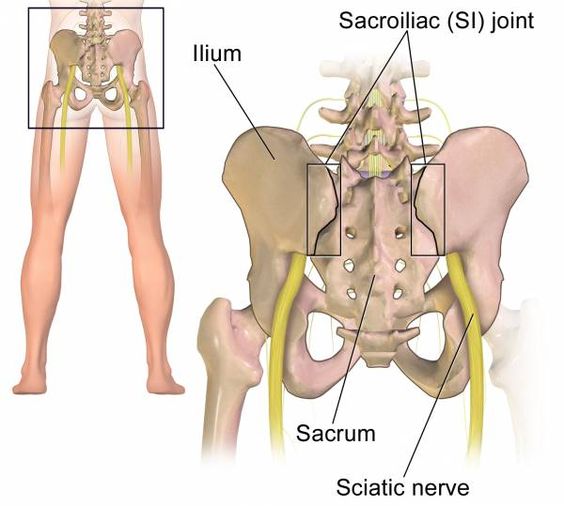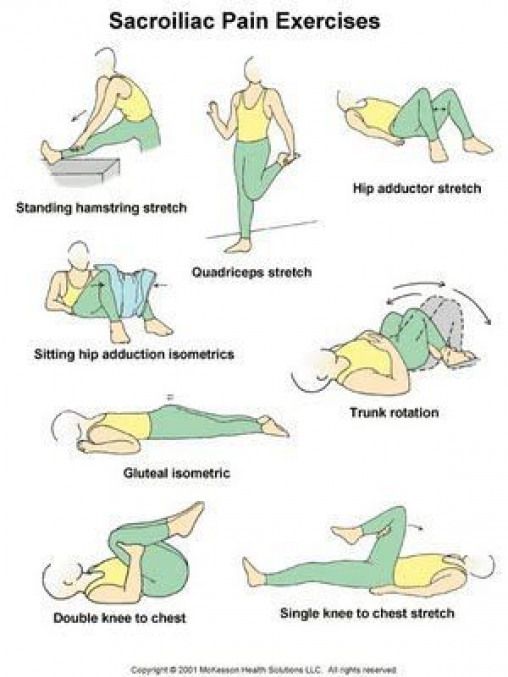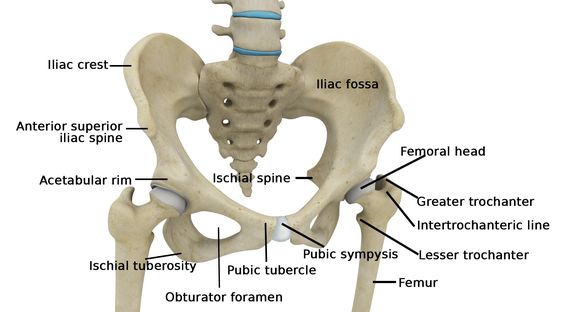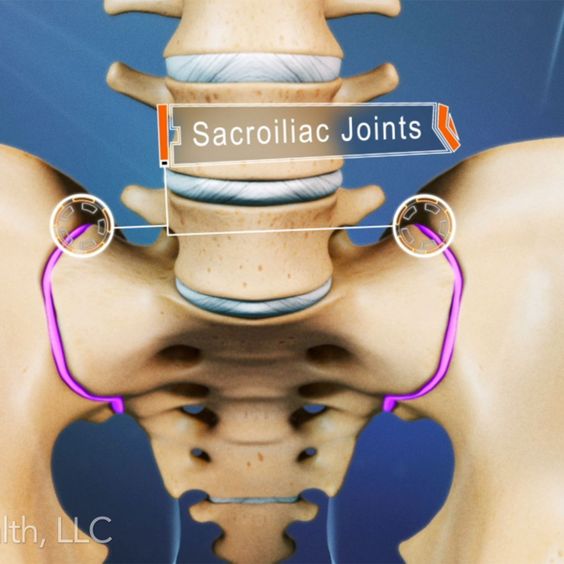masezza.com – The pain in the sacroiliac joint is often very sharp and is usually caused by arthritis or aging. The pain can radiate to the thighs or lower back, and it may be difficult to move the affected joint. Physical therapy is the preferred treatment, but surgery is sometimes necessary. If treatment is unsuccessful, surgery may be recommended. There are a few different types of sacroiliac arthritis.
Treatments for arthritis of the joints

Treatment for sacroiliac joint arthritis includes physiotherapy, stretching exercises, and chiropractic manipulation. In some cases, oral or topical anti-inflammatory medications, or mechanical bracing may be prescribed. In some patients, joint injections are performed, which involve the injection of a corticosteroid and an analgesic-numbing agent. These injections may be repeated up to three times a year.
Physical therapy for sacroiliac joint arthritis can be effective for hypermobile joints. It involves manual manipulation of the sacroiliac joint, but it can be irritated if the sacroiliac joint is fixated. Some exercises are done by using the side-posture manipulation technique, a drop technique, and blocking techniques. Instrument-guided methods can also be used to manipulate the sacroiliac joint.
An effective way for people with sacroiliac joint pain

Physical therapy, chiropractic manipulation, and stretching exercises are effective for most patients suffering from sacroiliac joint pain. Oral or topical anti-inflammatory medications, mechanical bracing, or surgery are used for some patients. A joint injection involves the injection of a corticosteroid and an analgesic-numbing agent. The procedure is repeated every six to twelve weeks, depending on the severity of the symptoms.
Inflammation of the sacroiliac joint can result in pain in the legs, buttocks, and lower back. It is often difficult to distinguish between sacroiliac joint pain and leg pain caused by a lumbar disc herniation. Occasionally, sacroiliac pain is a symptom of inflammatory arthritis of the spine. It can be a chronic condition or an acute injury.
Causes of sacroiliac joint pain

The most common cause of sacroiliac joint pain is injury to the sacroiliac joints. Trauma to the backside may tear the ligaments of the sacroiliac joint. Inflammation in the joint may be caused by traumatic injuries. It is common to experience sacroiliac pain during pregnancy. Inflammation of the sacroiliac joint can occur due to an autoimmune disorder or traumatic injury.
A variety of treatments may be used for sacroiliac joint pain. Occupational therapy, physical therapy, and chiropractic manipulation are all effective treatments for sacroiliac joint pain and can even be a good alternative for sacroiliac surgery. Inflammation of the sacroiliac joint can also result in osteoarthritis, and piriformis syndrome.
Oral or topical anti-inflammatory drugs are drugs to reduce pain

People with sacroiliac joint pain can find relief from chiropractic manipulation or physical therapy. Depending on the severity of the disease, some patients may need an oral or topical anti-inflammatory medication or mechanical bracing to alleviate the pain. In severe cases, joint injections can help relieve sacroiliac joint pain and provide temporary relief. Some patients may need repeat injections every few years to maintain a normal range of motion.
The pain in the sacroiliac joint may be mild or debilitating and can last a week or longer. Most cases of sacroiliac joint arthritis resolve on their own, but it is important to consult with a physician for further information. It is possible to find relief from pain in many ways. But for many, it is the only treatment that works. The treatment of sacroiliac joint pain is a combination of medical approaches.
The sacroiliac joint is an important part of the body, and it should function properly

Symptoms of sacroiliac joint arthritis can include joint pain in the buttocks and low back. The most common treatment for sacroiliac joint arthritis involves a combination of physical therapy, exercise, and physical therapy. The sacroiliac joint is a vital part of the body, and it needs to be properly functioning. However, the treatment of sacroiliac joint arthritis will depend on the underlying cause and the symptoms.
The SI joint is covered with a cartilage layer that allows movement and acts as a shock absorber. When the cartilage is damaged, bones rub together and cause pain in the SI joint. The most common cause of sacroiliac joint dysfunction is degenerative arthritis. The patient will experience symptoms of severe pain in the hip, but the condition can also be caused by other factors. The most common symptoms are:

